

Articles
How To Store A Laptop
Modified: January 7, 2024
Looking for articles on how to store a laptop? Discover effective tips and techniques to keep your laptop safe and secure when not in use.
(Many of the links in this article redirect to a specific reviewed product. Your purchase of these products through affiliate links helps to generate commission for Storables.com, at no extra cost. Learn more)
Introduction
Storing a laptop properly is essential to ensure its long-term functionality and performance. Whether you’re temporarily storing your laptop during travel or storing it for an extended period, following the right procedures can help protect it from damage and preserve its lifespan. In this article, we will provide a comprehensive guide on how to store a laptop safely and securely.
Your laptop is a valuable investment, both in terms of finances and the data it holds. Taking the time to properly store it will help prevent physical damage, such as scratches or accidental falls, and safeguard your important files and documents. By following these steps, you can ensure that your laptop remains in optimal condition, ready for use whenever you need it.
Before diving into the storage process, it’s a good idea to clean your laptop to remove any dust, dirt, or debris that may have accumulated. This will help prevent any potential damages or performance issues while in storage. Let’s move on to the first step of storing a laptop – cleaning it thoroughly.
Key Takeaways:
- Properly storing your laptop involves cleaning it thoroughly, backing up your data, choosing a suitable storage environment, and periodically maintaining its condition to ensure longevity and optimal performance.
- Avoiding extreme temperatures and high humidity, removing the battery if applicable, and storing the laptop in a protective case or bag are essential steps to safeguard your laptop during storage.
Read more: How To Store Laptop
Step 1: Clean the Laptop
Before storing your laptop, it’s important to give it a thorough cleaning to remove any dust, dirt, or residue that may have accumulated. This will not only help maintain its appearance but also prevent potential damage or performance issues during storage.
Firstly, shut down your laptop and unplug it from any power sources. This will ensure your safety and prevent any accidental damage while cleaning. Use a soft, lint-free cloth or microfiber cloth to gently wipe the surfaces of your laptop, including the screen, keyboard, touchpad, and outer casing. Avoid using harsh chemicals or abrasive materials, as they can cause damage to the delicate components of your laptop.
If there are any stubborn stains or sticky residue, you can lightly dampen the cloth with a mixture of water and a mild detergent or isopropyl alcohol. Make sure to wring out any excess liquid before wiping your laptop to avoid any liquid seeping into the internal components. Pay extra attention to areas with crevices or gaps, as they tend to accumulate more dirt.
In addition to the outer cleaning, it’s also important to clean the internal components of your laptop. This involves removing dust and debris from the vents, ports, and fan. Use a can of compressed air to gently blow away any dust or particles from these areas. Be careful not to hold the can too close to the laptop to avoid causing any damage.
Once you have finished cleaning both the exterior and interior of your laptop, allow it to dry completely before proceeding to the next step. This will ensure that no moisture remains, which can potentially lead to corrosion or other damage when stored for an extended period of time.
Cleaning your laptop before storing it will not only keep it looking good but also help prevent any potential performance issues. By removing dust and debris, you can ensure that air can freely circulate, preventing overheating and prolonging the lifespan of your laptop.
With your laptop now clean and ready, let’s move on to the next step – backing up your data.
Step 2: Back Up Your Data
Before storing your laptop, it is crucial to back up your data to protect against any unforeseen events such as hardware failure or data loss. Backing up your data ensures that you have a copy of all your important files and documents, allowing you to restore them in case of any issues.
There are several methods you can use to back up your data, depending on your preferences and resources:
- External Hard Drive: Connecting an external hard drive to your laptop and transferring your files is one of the easiest and most reliable ways to back up your data. Simply connect the external hard drive to your laptop via USB, then copy and paste your files onto the external storage device. Make sure to organize your files in a logical manner to easily locate them later.
- Cloud Storage: Utilizing cloud storage services such as Google Drive, Dropbox, or Microsoft OneDrive provides an convenient and secure way to back up your data. These services allow you to upload your files to their servers, making them accessible from any device with an internet connection. Take advantage of free storage options or consider subscribing to a paid plan if you have large amounts of data to back up.
- Network Attached Storage (NAS): If you have multiple devices or want to create a centralized storage solution, investing in a Network Attached Storage (NAS) device can be beneficial. NAS devices are essentially hard drives connected to your home network, allowing you to back up and access your data from any device within your network.
- Online Backup Services: If you prefer a hands-off approach, you can opt for online backup services such as Carbonite, Backblaze, or CrashPlan. These services automatically back up your data to their secure servers, providing ongoing protection and peace of mind.
Regardless of the method you choose, it is important to ensure that your data is regularly and consistently backed up. Consider setting up automatic backups or establishing a schedule to remind yourself to perform regular backups.
Once you have successfully backed up your data, verify that the backup process is complete and ensure that you can access and restore your files if needed. This will provide you with the reassurance that your data is securely stored, allowing you to proceed to the next step of storing your laptop.
Now that your data is safely backed up, let’s move on to step 3 – choosing a suitable storage environment.
Step 3: Choose a Suitable Storage Environment
Once you have cleaned your laptop and backed up your data, it’s time to select a suitable storage environment. The right storage environment can protect your laptop from potential damage caused by temperature fluctuations, humidity, dust, or other harmful factors.
Here are some important factors to consider when choosing a storage environment for your laptop:
- Temperature: Extreme temperatures can have a detrimental effect on electronic devices, including laptops. It is best to store your laptop in an environment with a stable temperature between 50°F (10°C) to 85°F (30°C). Avoid storing it in places prone to extreme heat or cold, such as near windows, heaters, or air conditioning vents.
- Humidity: Excessive humidity can lead to moisture buildup and increase the risk of corrosion or damage to the internal components of your laptop. Aim for a humidity level between 30% to 50%. If you live in a particularly humid climate, consider using a dehumidifier or moisture-absorbing packets in the storage area.
- Light: Prolonged exposure to direct sunlight or bright artificial light can cause discoloration or damage to your laptop’s screen and other components. Store your laptop in a dark or low-light environment to minimize potential harm.
- Dust and Debris: Dust and debris can accumulate in the vents and ports of your laptop, hindering its performance and potentially causing overheating. Store your laptop in a clean and dust-free area, such as a closed cabinet or dedicated storage bag or case.
- Security: Consider the security of the storage area to protect your laptop from theft or unauthorized access. If storing your laptop in a public place, ensure it is in a secure location, such as a locked drawer or cabinet.
Furthermore, it is important to find a stable surface to place your laptop, ensuring it is not at risk of falling or being damaged. Avoid storing your laptop on unstable or uneven surfaces, such as stacks of books or near the edge of a table.
By carefully considering these factors, you can choose an appropriate storage environment for your laptop, minimizing potential risks and ensuring its safety and longevity.
Now that you have selected a suitable storage environment, let’s move on to step 4 – disconnecting and removing all accessories from your laptop.
Step 4: Disconnect and Remove All Accessories
Before storing your laptop, it is important to disconnect and remove all accessories attached to it. This includes any external devices, such as USB drives, headphones, mice, or chargers. Removing these accessories not only prevents any potential damage to them but also reduces the risk of any tangled cords or accidental disconnections.
Here are some key points to keep in mind when disconnecting and removing accessories:
- External Devices: Unplug any external devices connected to your laptop, such as USB drives, printers, or external monitors. Safely eject any USB drives or external storage devices to ensure that no data is lost or corrupted.
- Chargers and Power Cords: Remove the charger or power cord from your laptop and unplug it from the power source. This prevents any potential electrical hazards and minimizes the risk of cords being tangled or damaged during storage.
- Headphones or Earphones: If you have any headphones or earphones plugged into your laptop, disconnect them and place them in a separate storage compartment or case to keep them safe and organized.
- Other Accessories: Remove any additional accessories, such as laptop stands, cooling pads, or keyboard covers if attached. Storing these accessories separately will prevent them from getting misplaced or damaged.
Avoid leaving any loose accessories or cords near your laptop during storage, as they can cause scratches, entanglements, or other damages. Take the time to neatly organize and store each accessory in a secure location, such as a dedicated compartment in your laptop bag or a separate storage container.
By disconnecting and removing all accessories from your laptop, you reduce potential damage and ensure that each accessory is stored safely for future use. With these steps complete, we can move on to the next step – shutting down and unplugging the laptop.
Read more: How To Store Multiple Laptops
Step 5: Shut Down and Unplug the Laptop
Before you proceed with storing your laptop, it is essential to properly shut it down and unplug it from any power sources. This step ensures the safety of your laptop and minimizes the risk of any electrical accidents or damage during storage.
Follow these steps to shut down and unplug your laptop:
- Save and Close all Applications: Make sure to save any open files or documents and close all running applications. This prevents any data loss or potential issues when restarting your laptop in the future.
- Shut Down Your Laptop: Click on the start menu or the power button and choose the “Shut Down” option. Allow your laptop to completely shut down before proceeding.
- Unplug Power Cord: Once your laptop is shut down, unplug the power cord from the electrical outlet. This ensures that your laptop is not drawing any power while in storage and eliminates any risk of electrical accidents or damage.
- Disconnect External Batteries (If Applicable): If your laptop has an external battery, disconnect it from the laptop. This step is only applicable if your laptop’s battery is removable.
By shutting down and unplugging your laptop, you conserve battery life and eliminate any potential hazards. It also reduces the risk of overheating or damage to the internal components of your laptop during storage.
Now that your laptop is completely powered off and unplugged, we can move on to the next step – removing the battery (if removable).
When storing a laptop, make sure to fully charge the battery and then power it off. Store it in a cool, dry place away from direct sunlight and extreme temperatures to prevent damage.
Step 6: Remove the Battery (If Removable)
If your laptop has a removable battery, it is advisable to remove it before storing your laptop for an extended period. Removing the battery helps prevent any potential battery-related issues and ensures the longevity of both the battery and the laptop itself.
Here’s how you can safely remove the battery from your laptop:
- Ensure Proper Shut Down: Before removing the battery, make sure your laptop is completely shut down and unplugged from any power sources.
- Locate and Access the Battery Compartment: Most laptops have a designated battery compartment on the underside of the device. Refer to your laptop’s user manual or manufacturer’s instructions to identify the location of the battery compartment.
- Release the Latch or Lock: Once you have located the battery compartment, look for any locks or latches that secure the battery in place. Gently release or unlock them to free the battery.
- Remove the Battery: With the latch or lock released, carefully lift the battery out of the compartment. Hold it by the edges to avoid touching any sensitive battery contacts.
- Store the Battery Separately: After removing the battery, store it separately in a cool and dry place. Avoid storing it near direct sunlight, moisture, or extreme temperatures to prevent any damage.
By removing the battery from your laptop, you eliminate the risk of battery corrosion, leakage, or swelling that can occur over time. Additionally, storing the battery separately allows you to keep it in a suitable environment, prolonging its overall lifespan.
If your laptop’s battery is not removable or you prefer to keep it attached, ensure that the laptop is stored in a cool and dry location, away from direct sunlight or extreme temperatures. This will help maintain the battery’s health and integrity.
Now that you have safely removed the battery (if applicable), we can move on to the next step – storing the laptop in a protective case or bag.
Step 7: Store the Laptop in a Protective Case or Bag
Storing your laptop in a protective case or bag is a crucial step to ensure its safety and prevent any potential damage during storage. A well-designed case or bag provides cushioning, protection from dust and scratches, and helps maintain the overall condition of your laptop.
Follow these guidelines to properly store your laptop in a protective case or bag:
- Select the Right Case or Bag: Choose a case or bag that is specifically designed to fit your laptop’s size and model. Look for features such as padding, shock absorption, and sturdy construction to provide maximum protection.
- Clean the Case or Bag: Before placing your laptop in the case or bag, ensure that it is clean and free from any debris. Wipe down the interior with a soft, lint-free cloth to remove any dust or particles.
- Position and Secure the Laptop: Place your laptop inside the case or bag with the screen facing upward. Make sure it fits snugly and securely without any excess movement. Some cases or bags may have straps, Velcro, or additional padding to keep the laptop in place.
- Keep Accessories Organized: If the case or bag has compartments or pockets, use them to store any accessories, such as chargers, cables, or mouse. This helps keep everything organized and prevents any potential damage to your laptop from loose accessories.
- Close and Secure the Case or Bag: Zip up or close the case or bag securely to ensure that your laptop is protected from dust, moisture, and accidental impacts. Double-check that all closures are properly fastened.
Storing your laptop in a protective case or bag provides an extra layer of protection during storage and transportation. It helps safeguard against potential scratches, bumps, or other physical damage that may occur.
Remember to handle your laptop with care when placing it in or removing it from the case or bag. Avoid dropping or mishandling the case to prevent any accidental damage.
Now that your laptop is safely stored in a protective case or bag, we can move on to the next step: choosing a safe and dry storage location.
Step 8: Choose a Safe and Dry Storage Location
Choosing a safe and dry storage location is crucial when storing your laptop for an extended period. The right storage location ensures that your laptop is protected from potential hazards such as moisture, extreme temperatures, and physical damage.
Consider the following factors when selecting a safe and dry storage location:
- Avoid Moisture and Humidity: Moisture and humidity can cause corrosion and other damage to your laptop’s internal components. Choose a storage area that is dry and free from any water sources or excessive humidity. Avoid storing your laptop in basements or areas prone to leaks or high humidity levels.
- Maintain Stable Temperature: Extreme temperatures can negatively affect your laptop’s performance and overall lifespan. Select a storage location that has a stable temperature, ideally between 50°F (10°C) to 85°F (30°C). Avoid areas that are subject to extreme heat or cold, such as attics or garages.
- Protect from Sunlight: Direct sunlight can cause discoloration, fading, and other damages to your laptop’s screen and components. Choose a storage spot away from direct sunlight or cover your laptop with a cloth or light-blocking material.
- Stable and Secure Surface: Ensure that the storage surface where you place your laptop is stable and secure. Avoid unstable or uneven surfaces that may tip or cause your laptop to fall.
- Consider Security: If storing your laptop in a shared area or public space, consider the security of the location. Use a locked drawer, cabinet, or a dedicated laptop safe to prevent theft or unauthorized access.
Additionally, it is recommended to place your laptop on a non-conductive surface, such as a wooden or plastic shelf. This helps minimize the risk of any static electricity buildup that can potentially damage your laptop.
By choosing a safe and dry storage location, you can protect your laptop from potential hazards and ensure its longevity. Now, let’s move on to step 9 – avoiding extreme temperatures and humidity.
Read more: How To Organize A Laptop
Step 9: Avoid Extreme Temperatures and Humidity
When storing your laptop, it is crucial to avoid exposing it to extreme temperatures and high humidity levels. Extreme heat, cold, or humidity can cause irreparable damage to your laptop’s internal components and degrade its overall performance. To ensure the longevity of your laptop, follow these guidelines to avoid extreme temperatures and humidity:
- Avoid High Temperatures: Excessive heat can lead to overheating, component failure, and potential harm to your laptop’s battery. Avoid storing your laptop in areas exposed to direct sunlight, near radiators, or in hot environments such as vehicles or unventilated rooms.
- Prevent Excessive Cold: Extreme cold temperatures can affect your laptop’s battery life, LCD screen, and internal components. Avoid storing your laptop in freezing environments, such as garages or outdoor sheds without proper insulation.
- Minimize Temperature Fluctuations: Rapid temperature fluctuations can cause condensation and moisture buildup inside your laptop, leading to corrosion and electrical damage. Select a storage area with stable temperatures, avoiding places with frequent temperature changes.
- Avoid High Humidity: High humidity can cause moisture to accumulate inside your laptop, leading to corrosion and other damages. Avoid storing your laptop in areas prone to moisture, such as basements, bathrooms, or near water sources.
- Utilize Silica Gel Packs: To further protect your laptop from humidity, consider placing silica gel packs inside the storage area. Silica gel absorbs moisture and helps maintain a drier environment, reducing the risk of damage caused by high humidity.
It’s important to note that extreme temperatures and humidity can also affect the storage area itself. Choose a storage space with proper insulation and ventilation to maintain a suitable environment for your laptop.
By avoiding extreme temperatures and high humidity levels, you can preserve the performance and longevity of your laptop during storage. With these precautions in mind, let’s move on to step 10 – periodically checking and maintaining the stored laptop.
Step 10: Periodically Check and Maintain the Stored Laptop
Periodically checking and maintaining your stored laptop is essential to ensure its continued performance and prevent any potential issues that may arise during storage. Even when not in use, laptops can be prone to certain risks and factors that may affect their condition. Follow these guidelines to effectively check and maintain your stored laptop:
- Regularly Inspect the Storage Area: Check the storage area for any signs of water leakage, excessive dust, or pests. Keeping the environment clean and free from potential hazards will help protect your laptop from damage.
- Inspect and Clean the Laptop: Periodically inspect your laptop for any signs of dust accumulation. Use a soft, lint-free cloth to gently wipe the surfaces and vent areas of your laptop. Cleaning the laptop will help prevent dust from clogging the vents and ensure proper airflow.
- Check the Battery (If Removable): If your laptop’s battery is removable, it’s a good idea to periodically check its condition. Ensure that the battery is at a moderate charge level (around 50%) to maintain its longevity. If necessary, recharge or replace the battery as recommended by the manufacturer.
- Keep Software and Drivers Updated: While your laptop is in storage, it’s still important to keep its software and drivers up to date. Periodically check for updates and install them as necessary. This ensures that your laptop’s operating system and hardware stay optimized and protected from vulnerabilities.
- Perform Battery Maintenance (If Applicable): If storing a laptop with a non-removable battery, follow the manufacturer’s guidelines for battery maintenance during storage. Some laptops may require a specific charge level or recommended storage practices to prolong the battery’s lifespan.
- Conduct Test Runs: Periodically power on your laptop and let it run for a short time to ensure that everything is functioning properly. This allows you to identify and address any potential issues before they escalate.
Keeping a regular maintenance schedule for your stored laptop will help preserve its performance and extend its overall lifespan. In addition to these maintenance tasks, always refer to the manufacturer’s guidelines and recommendations for specific care instructions and any additional steps to take during storage.
By periodically checking and maintaining your stored laptop, you can be confident that it will be in optimal condition when you are ready to use it again.
With step 10 complete, you have successfully learned how to store your laptop safely and securely. By following these steps, you can ensure that your laptop remains protected and ready for use whenever you need it.
If you ever need to store your laptop again in the future, refer back to this guide to refresh your memory on the best practices for laptop storage.
Conclusion
Properly storing your laptop is crucial for its longevity, performance, and overall health. By following the steps outlined in this guide, you can ensure that your laptop remains safe and secure during periods of storage.
From cleaning your laptop and backing up your data to selecting a suitable storage environment and maintaining its condition, each step plays a significant role in protecting your valuable device. By investing some time and effort into the storage process, you can prevent potential damage, data loss, and performance issues that may arise over time.
Remember, cleaning your laptop before storage helps remove dust and debris, preventing potential damage and overheating. Backing up your data ensures that you have a copy of your valuable files and documents, safeguarding against any unforeseen issues. Choosing a suitable storage environment and protecting your laptop from extreme temperatures, humidity, and other factors preserves its integrity.
Regularly checking and maintaining your stored laptop helps identify any potential issues and ensures it remains in optimal condition. This includes inspecting the storage area, cleaning the laptop, updating software and drivers, and conducting test runs to verify its performance.
By following these guidelines, you can confidently store your laptop and have peace of mind knowing that it will be ready for use whenever you need it. Keep in mind that the specific steps and recommendations may vary depending on the manufacturer and model of your laptop, so always refer to the manufacturer’s guidelines for additional advice and instructions.
So, whether you’re storing your laptop temporarily during travel or storing it for an extended period, remember to take the necessary precautions to protect it. Your laptop is not just a device; it’s an investment, and by properly storing it, you can ensure that it serves you well for years to come.
Frequently Asked Questions about How To Store A Laptop
Was this page helpful?
At Storables.com, we guarantee accurate and reliable information. Our content, validated by Expert Board Contributors, is crafted following stringent Editorial Policies. We're committed to providing you with well-researched, expert-backed insights for all your informational needs.
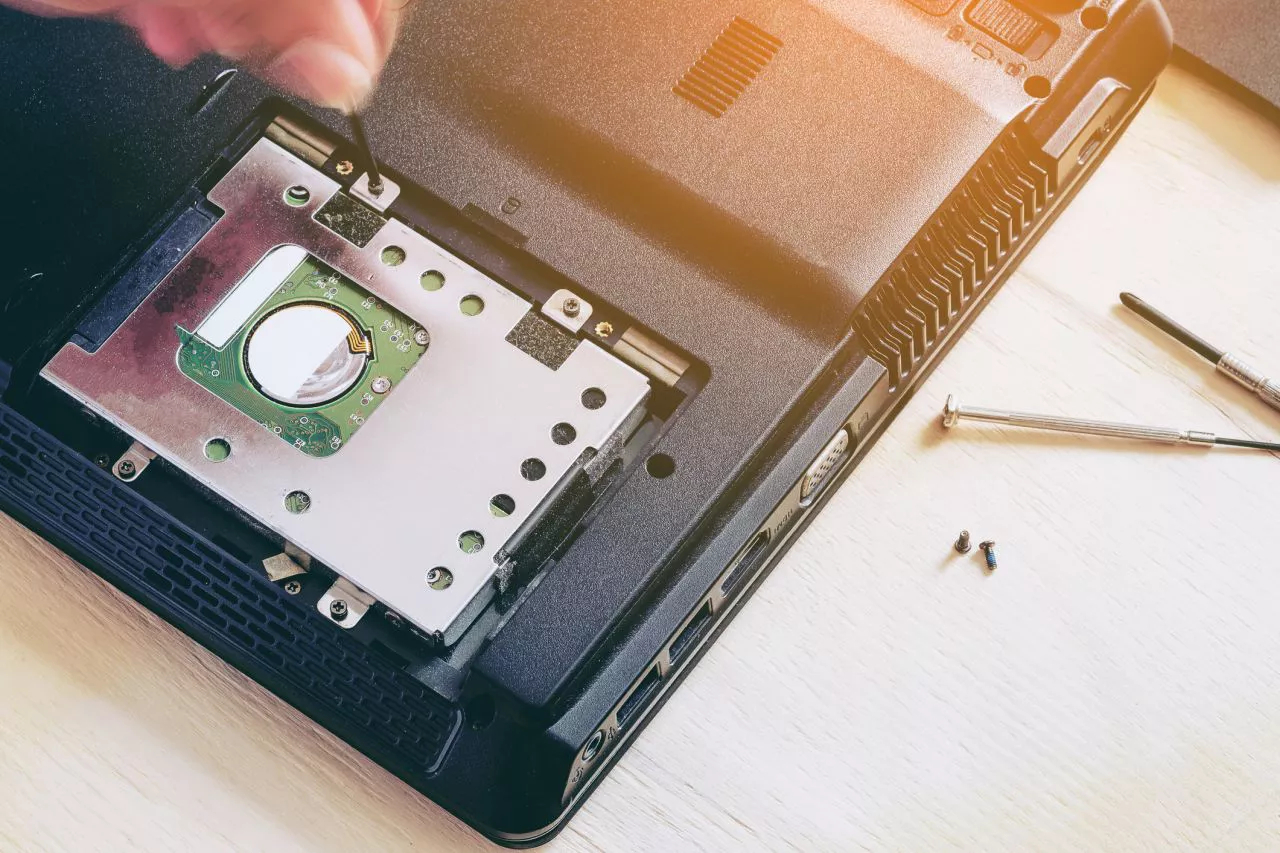
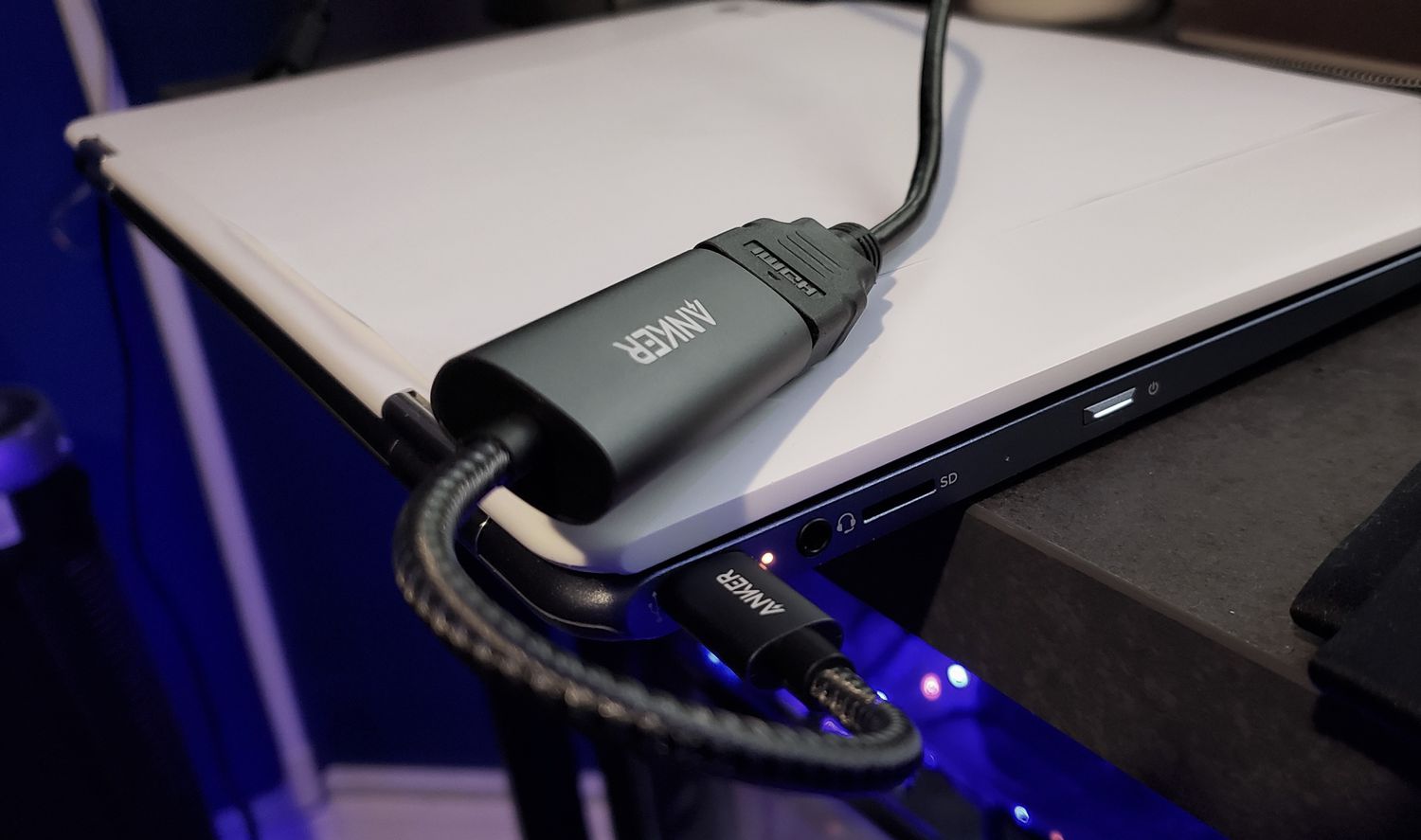
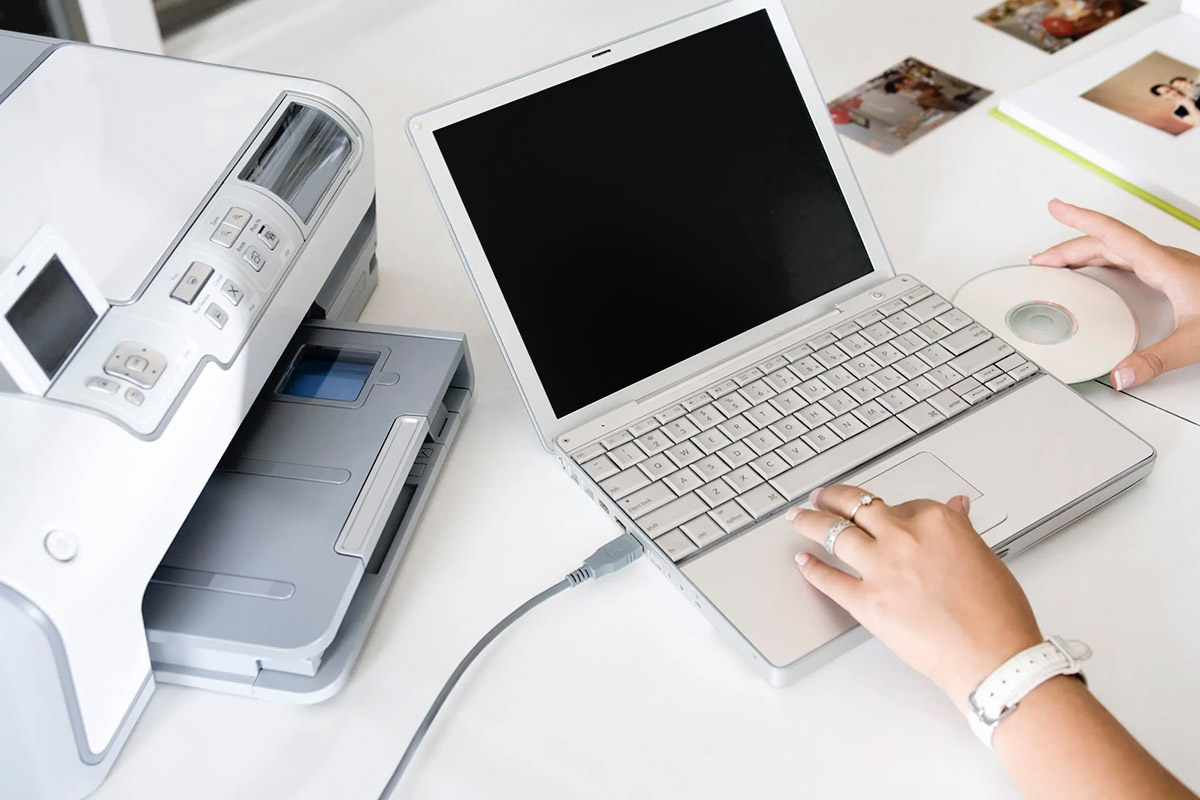




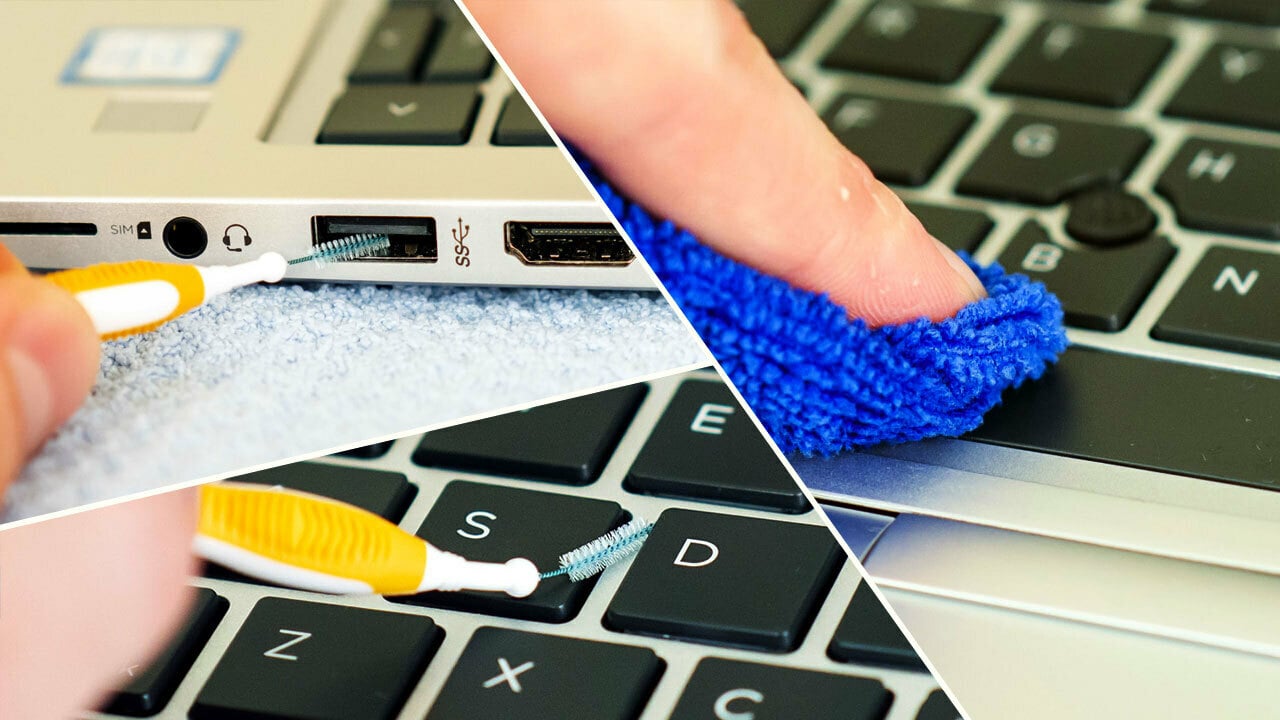

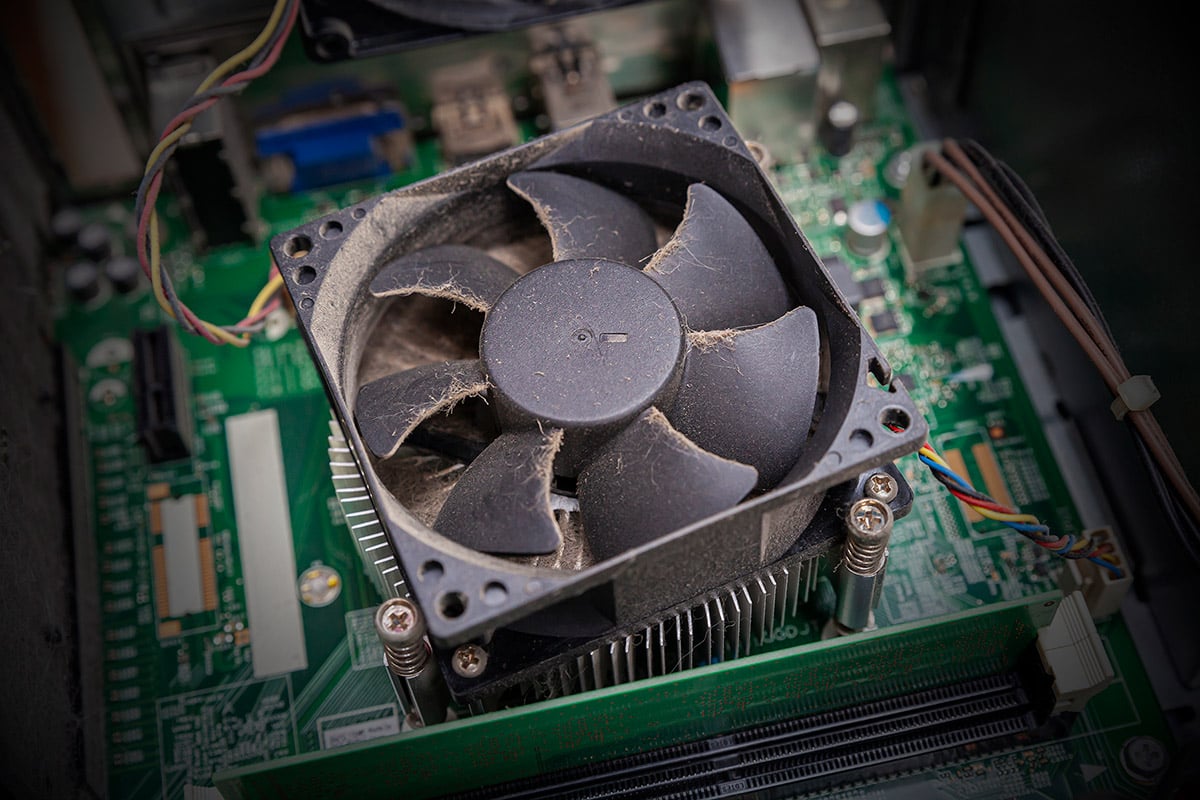
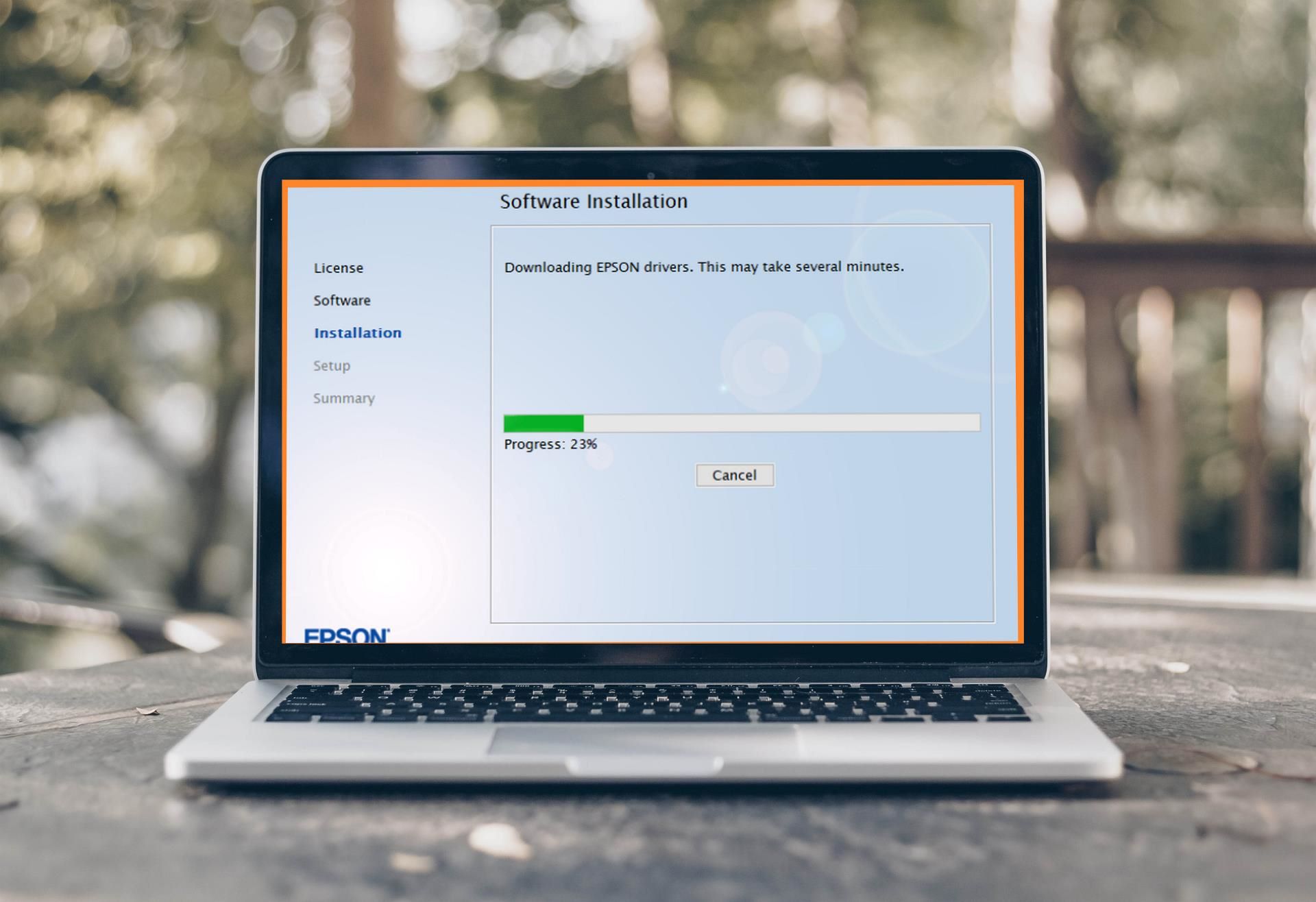
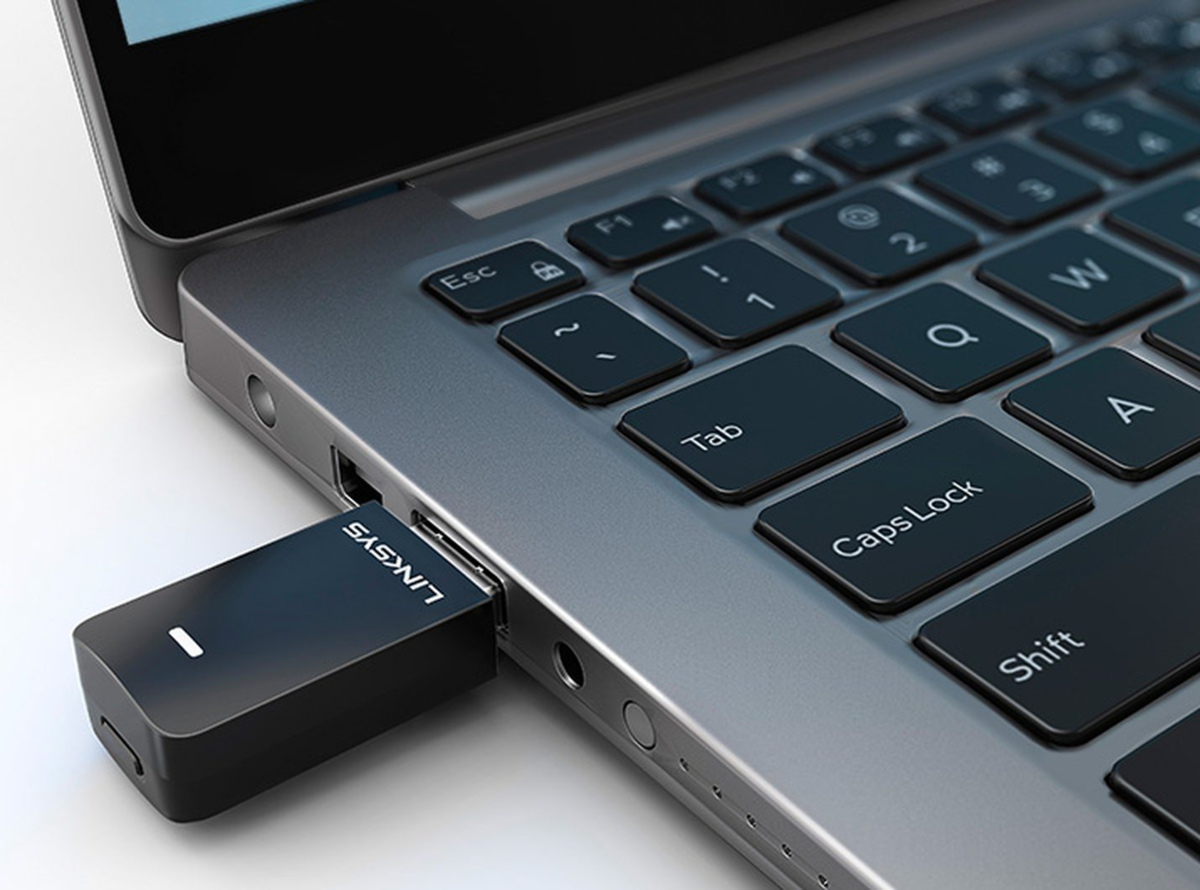
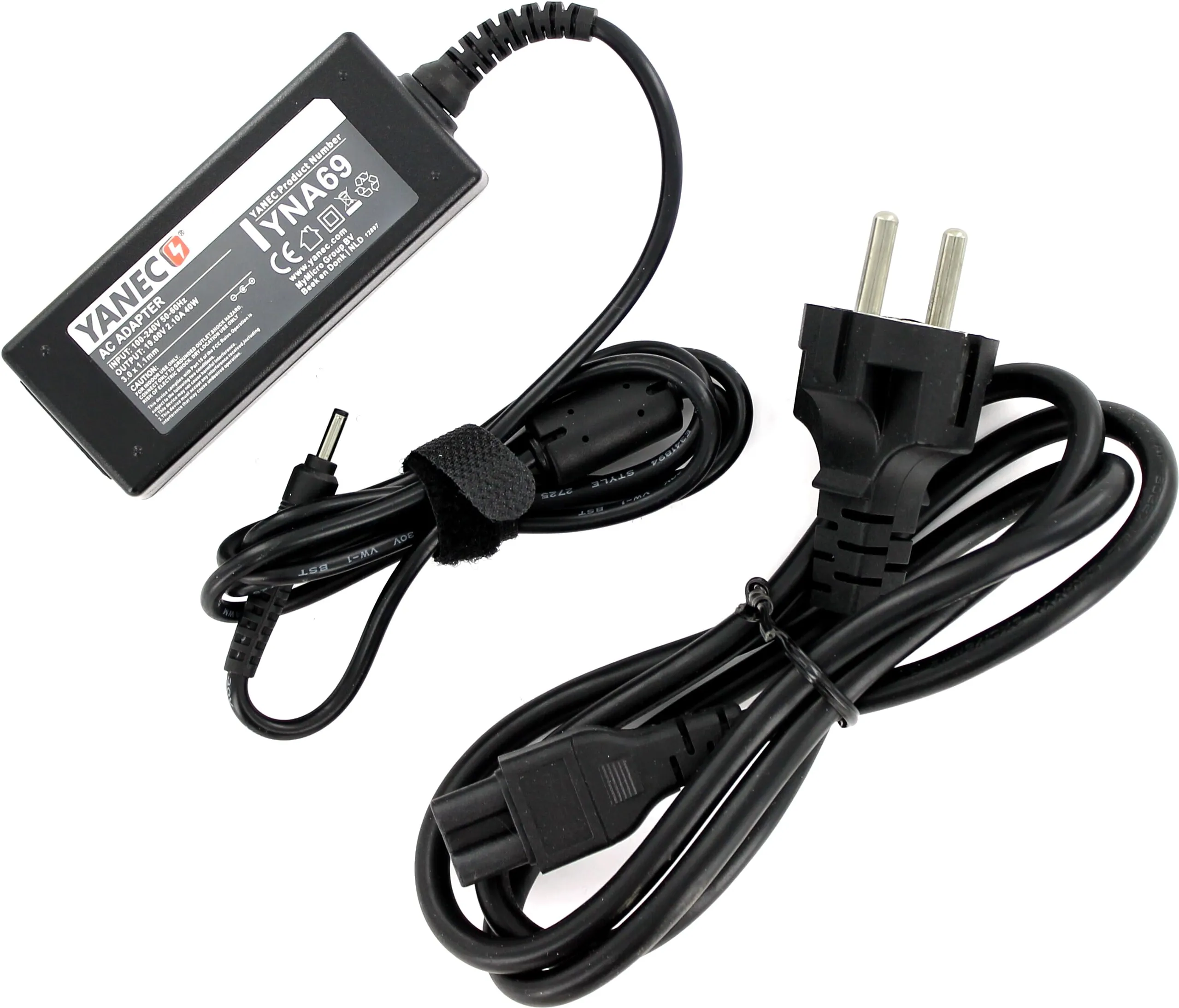

0 thoughts on “How To Store A Laptop”